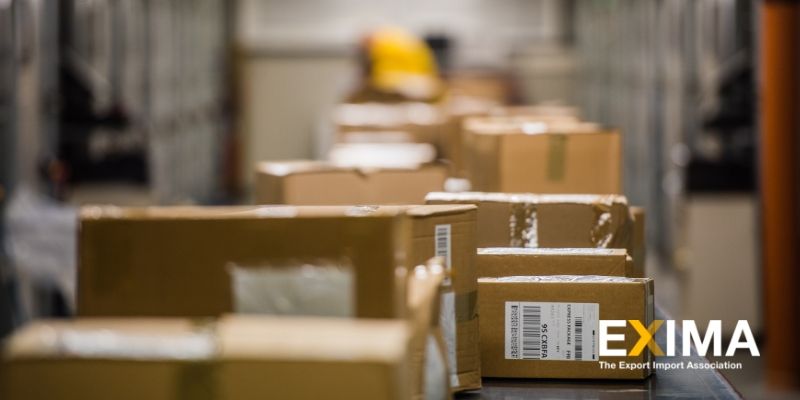The issue with payments is a recurring problem in international trade. The risk of not being paid after delivering the goods is a problem for the seller, as is the risk of not receiving goods after payment for the buyer. Here are some of the most and least secure payment methods all sellers and buyers should be aware of:
Cash Before Delivery
Payment before shipment requires the buyer to pay the order total before it is shipped. This is similar to how shoppers make purchases on e-commerce sites. However, when it comes to B2B commerce, it is imperative to set payment terms for cash flow reasons. So, while advance payment remains the most dependable method for the seller, it is not the case for the other party, who is not guaranteed to receive the goods.
Standby Letter of Credit (SLOC)
For pre-shipment payment to be reliable for both parties, a third party, the bank, needs to be involved. This is referred to as the standby letter of credit (SLOC), which is a legal document that ensures a bank's commitment of payment to a seller in case the buyer welshes on the agreement. This helps facilitates international trade between companies that are unfamiliar with one another and have different laws and regulations. However, although the buyer is guaranteed to receive the goods and the seller is guaranteed to receive payment, a SLOC does not guarantee that the buyer will be satisfied with the goods.

A Confirmed Letter of Credit
A confirmed letter of credit is also another safe payment method for both parties. The letter of credit is a financial document issued by a bank at the request of a buyer (the applicant) in favor of a seller (the beneficiary). This second letter guarantees that if the first bank fails to pay the seller, the second bank will do so. Borrowers may be required to obtain a second letter of credit if the seller is hesitant about the creditworthiness of the first letter's issuing bank. Thus, a confirmed letter of credit lowers the risk of default for the seller.
Sale on Credit
The sale on credit is a common practice in business relationships. Indeed, for cash flow reasons, companies cannot always pay their supplier immediately. They pay on credit, usually 30 to 60 days after delivery. This delay makes this payment method the least secure because a lot of things can happen in the meantime regarding the buyer’s financial situation. As a result, this method of payment is ideal only for those who hold long-term relationships with dependable clients.
Work With EXIMA
Are you an SME owner looking to expand internationally? EXIMA is here to be your network of experts and peers in international trade. Join the largest online import/export association today!









